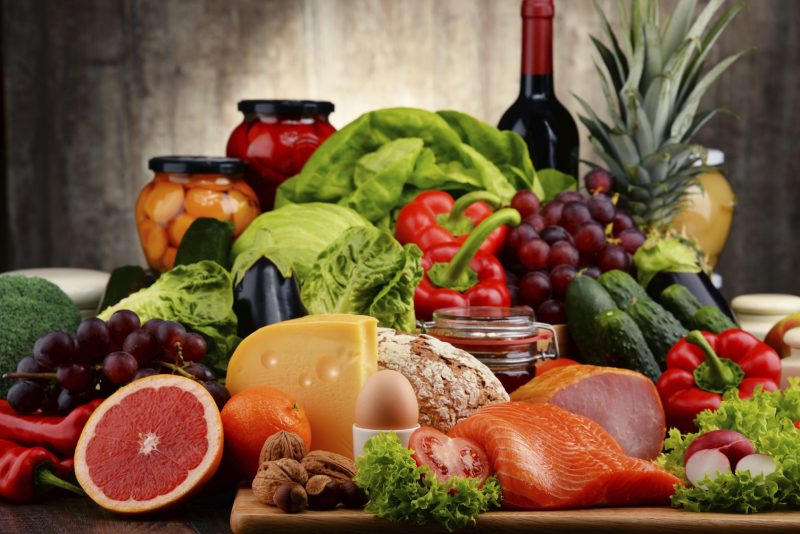Sound Nutrition Isn’t One Size Fits All
By Julie E. Williamson
Nearly every time I log onto Pinterest or Facebook, or do nutrition-, food-, wellness- or allergy-related web searches, I stumble across posts, articles or infographics with some very strong directives: “EAT THESE HEALTH FOODS EVERY DAY!” “NEVER EAT THESE FOODS AGAIN!” “HAVE ALLERGIES? TRY THESE ‘SAFE’ FOODS!” “TOP 10 FOODS THAT SHOULD BE IN EVERYONE’S CART!” The list goes on and on, but you get the picture (and you’ve probably come across a number of these on your own). You may have even followed those “DO THIS, NOT THAT” recommendations to the letter, only to find that you didn’t always feel better after heeding the advice. You may have even felt worse. It surely happened to me.
I’ve tried many dietary and nutritional approaches over the years, most of them in an attempt to wrangle my seemingly endless list of food allergies into submission (if you haven’t read my story, here’s the Cliff Notes version: I’ve been challenged by an exhaustive number of food allergies since before kindergarten, and have battled migraines, digestive issues, inflammation, chronic pain, anxiety and much more as a result – and to make matters worse, my allergies and sensitivities change frequently…so what I ate yesterday with no difficulty could throw me into total upheaval tomorrow. Exciting, right!?). Still, like many of you, there were many times where I turned to the Internet, medical journals, health magazines and blogs out of desperation. I’ve added papaya and pineapple chunks to my green drinks after one doc stressed that I needed to boost my enzymes and support my intestinal barrier. All this went out the door a couple months later, though, after tests confirmed I was histamine intolerant and needed to avoid histamine-rich foods and those that can cause the body to release more of it (guess what?! Papayas and pineapple made that list!). At different times, I tossed fresh cranberries into my salads and choked down beets – all because they were deemed “rare” allergens. In most of these cases, I paid the price after eating the “right foods.” I endured mouthfuls of button-sized canker sores, inflamed joints, bloating, headaches, fatigue and stabbing abdominal pains. Then, without fail, my next round of food allergy (IgE) and sensitivity (IgG) testing confirmed what I’d already suspected: that even the so-called safe foods that many people touted on the internet and even in journal articles were anything but safe for me. All the nutritional content in the world won’t mean much if it causes a negative reaction in the body. I also surmise that food allergies and/or sensitivities may even be the reason why some people don’t lose weight on “no-fail” diets, even those that are loaded with nutritious fruits and vegetables and would pass muster of virtually any dietician or nutritionist.
If you’ve had allergy and/or sensitivity tests that have given you the green light on many of these supposed safe/healthy/nutritious foods (and you don’t notice any obvious symptoms are eating them), then LUCKY YOU – eat away! But if a test confirms an allergy or sensitivity, steer clear – even if the food is rich in color, loaded with nutrients and full of flavor (and even if thousands of Pinterest pinners swear by its health-promoting properties); the same is true if you haven’t undergone official testing, but have experienced discomfort or any other symptoms after eating a particular food. Trust your body, listen to it, keep a detailed log of your foods and symptoms, and follow a diet that best meets your own unique needs. I’ve learned what works for me (and what doesn’t) and you will, too. And remember, I created the Fare Thee Well Health website, so I can share my successes and failures, and help you navigate the often confusing and sometimes conflicting terrain of health and wellness.
The bottom line: We’re not one size fits all, so our wellness approaches shouldn’t be, either. ![]()







